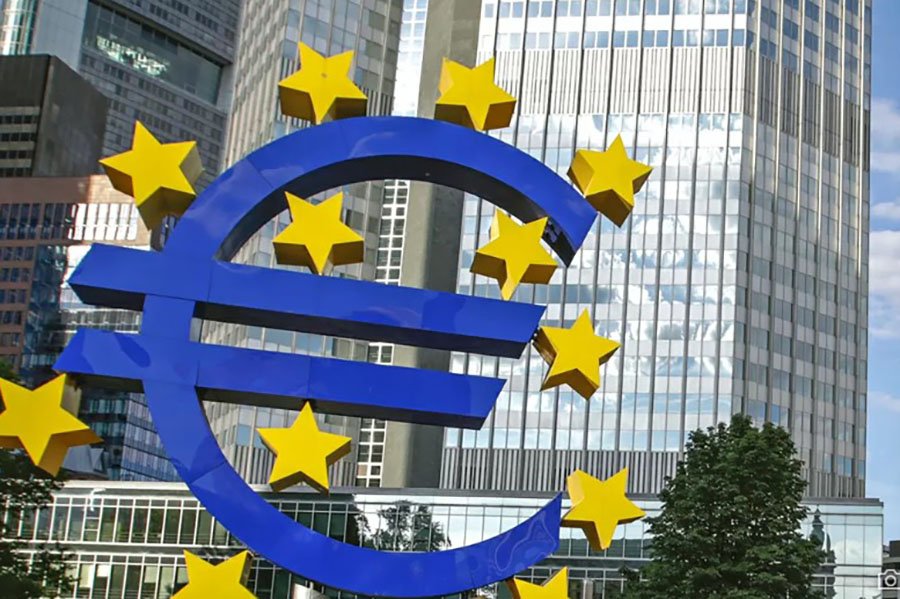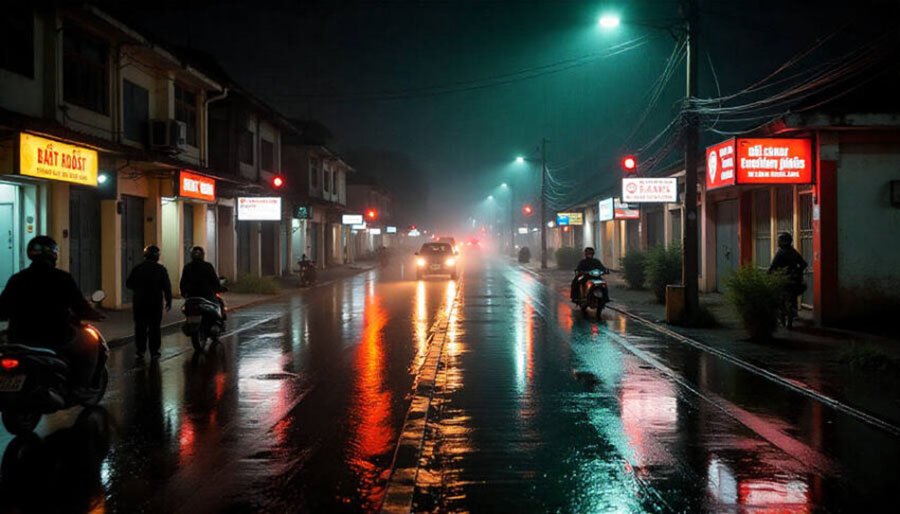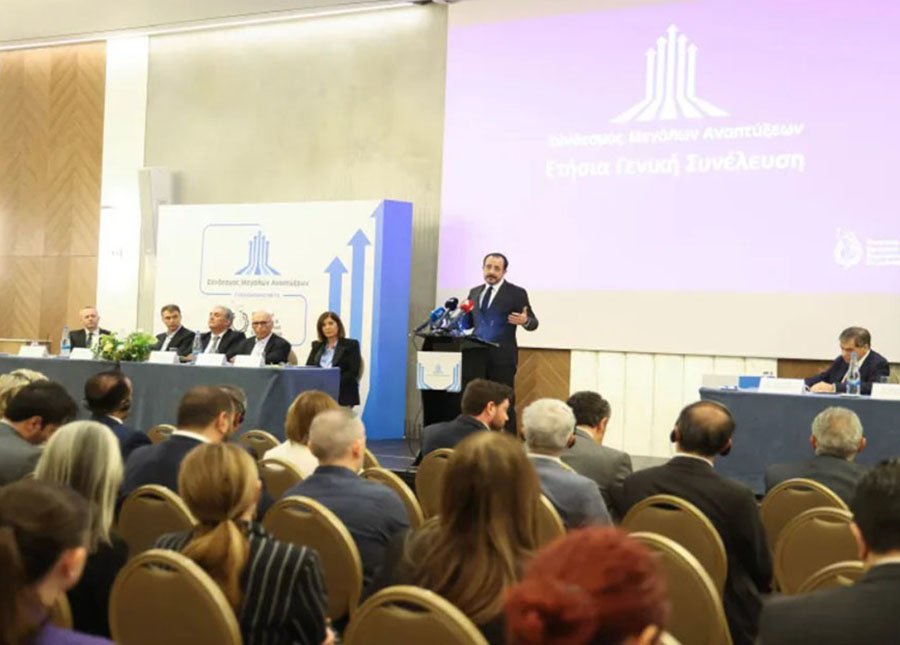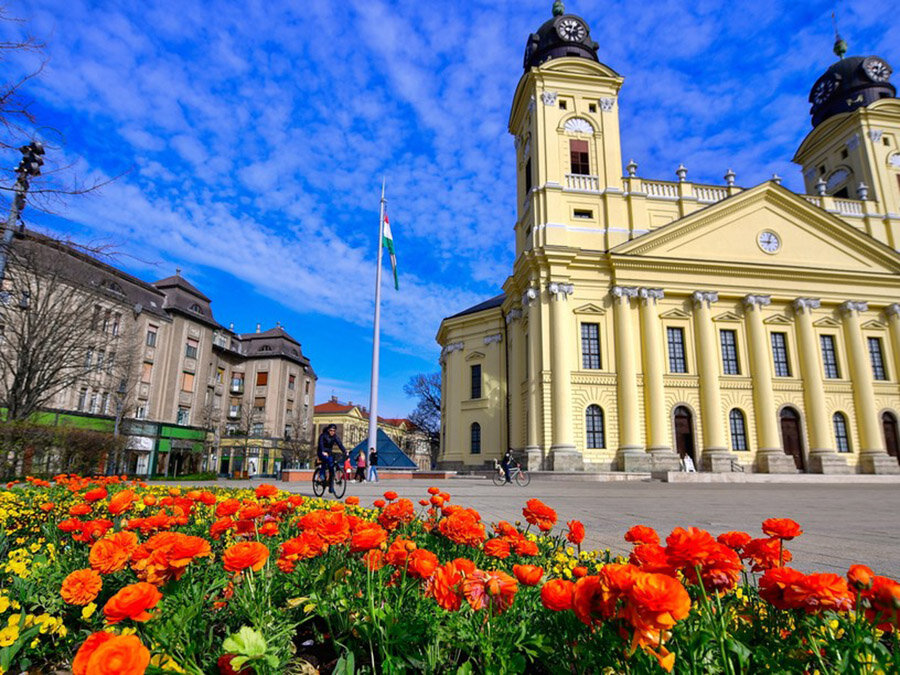читайте также
 Eurozone on Alert: ECB Flags Growing Vulnerabilities in the Financial System
Eurozone on Alert: ECB Flags Growing Vulnerabilities in the Financial System
 Hotel Investment 2025: New Opportunities for the Market — Key Insights from the Cayuga Conference
Hotel Investment 2025: New Opportunities for the Market — Key Insights from the Cayuga Conference
 Vietnam Hit by Record-Breaking Floods: Tourists Advised to Change Their Plans
Vietnam Hit by Record-Breaking Floods: Tourists Advised to Change Their Plans
 WTTC: Travel & Tourism to Create 91 Million New Jobs by 2035 — but a 43 Million Workforce Gap Looms
WTTC: Travel & Tourism to Create 91 Million New Jobs by 2035 — but a 43 Million Workforce Gap Looms
 How Children Receive Residence Permits in Europe: Full 2024 Statistics
How Children Receive Residence Permits in Europe: Full 2024 Statistics
 Cyprus to Introduce Construction Police as Oversight Tightens in 2026
Cyprus to Introduce Construction Police as Oversight Tightens in 2026
Housing in Hungary: Growth Turns into Stagnation

At the beginning of 2025, Hungary’s real estate market was showing signs of growth. In the first quarter, 8.3% of properties were sold above the asking price nationwide, rising to 18% in Budapest. However, by late spring, activity slowed in most locations, reports Blikk, citing data from the National Bank of Hungary.
Early in the year, significant sales growth was recorded in large counties such as Nógrád and Borsod, and around Debrecen and Szeged. Meanwhile, transaction volumes in Budapest suburbs were lower than the previous year. The surge in above-asking-price sales is partly linked to funds flowing in from redeemed government bonds (PMÁP), creating a wave of buyers willing to pay premiums.
In Q4 2024, housing prices rose by an average of 15.1% year-on-year nationwide, equivalent to a real increase of 10.9%. Preliminary data indicates an average price growth of 15.0% nationwide and 19.2% in Budapest for Q1 2025. Since this surge, many areas have entered a stagnant phase, although some locations are still seeing price growth.
“In Pest and surrounding areas, activity has halted—only properties accurately priced are selling,” said Mariann Tahu of Gyémánt real estate agency. “Two categories remain easy to sell: affordable flats and high-end properties. Meanwhile, in Miskolc, where I’m from, investment demand remains strong. You can buy two or three apartments there for the price of one property in the capital.”
In Miskolc, many small investors are pushing prices up; flats in renovated condition in good neighborhoods are now 20–30% higher than last year, yet still cheaper than in major markets.
Tamás Erdősi of RDS Ingatlaniroda noted that late 2024 saw optimism about funds flowing into real estate from pension savings and government bonds. However, in northern Budapest suburbs like Vác and the growing Rétság area, these buyers never materialized. As predictions fell flat, prices stagnated from April onwards. “Transaction volumes were 15–17% lower than the same month last year, meaning the artificially heated momentum failed in these districts,” he emphasized.
Zsófia Sebestyén-Teleki of Otthon Centrum said that since April, only fully renovated properties in excellent condition are selling well, while demand overall has dropped and price corrections are expected. A realtor in Győr-Moson-Sopron reported that demand is highest for properties priced between HUF 50–60 million (€127–152 thousand), while homes around HUF 100 million (€253 thousand) are virtually unsellable.
Balogh András of Kagyló Ingatlan highlighted a surge in interest in Nagykanizsa and southern Lake Balaton starting in November 2024, driven by buyers seeking fast returns. But by early May, this boom had ended, with demand dropping due to high prices. Moreover, Nagykanizsa lacks a robust rental market due to limited job opportunities and low tenant purchasing power.
Zoltán Zánki reported that although there wasn’t a strong boom in Nógrád County, Salgótarján saw significant investor interest from Budapest and abroad at the end of the year. Prices have been rising for years but slowed in the spring. Currently, average prices are around HUF 300,000 (€758) per square meter, compared to HUF 170–180 thousand (€430–456) in 2022.
In Debrecen, the influx of foreign contract workers staying 2–3 years is maintaining steady demand. Early in the year, panel flats sold for HUF 45–48 million (€114–121 thousand), roughly equivalent to the price of a small family home. However, not all new developments offer good quality. The Firebird complex in the Füredi district required repairs even during construction, and the Péterfia Átriumház opposite Debrecen Plaza shopping mall has been unfinished for over five years. Recent scandals have eroded trust in new builds, although prices remain high at HUF 1.5–1.6 million (€3,800–4,100) per square meter.
Kitty Dömény of Duna House explained that growth in Szeged’s housing market is tied to industrial expansion and its popularity as a university hub. A wave of buyers channeling funds from government bonds has driven demand in recent months, showing no signs of slowing. Studios and one-bedroom units are the most sought-after. Average prices per square meter have doubled in a year, matching Budapest levels. Though activity dipped early in the year, demand is climbing again.
According to OTP Bank, Hungary’s largest commercial bank, residential transactions totaled 130,000–135,000 in 2024, with 155,000 forecast for 2025. Sales growth could be driven by improving macroeconomic conditions, lower interest rates, and new government support schemes. Housing prices are expected to rise another 15% on average. In comparison, prices grew by 13.8% in 2024, but after inflation adjustments, growth was lower: 8% in Budapest and 9% in county capitals and larger cities with over 50,000 residents.





